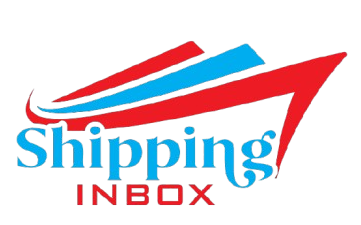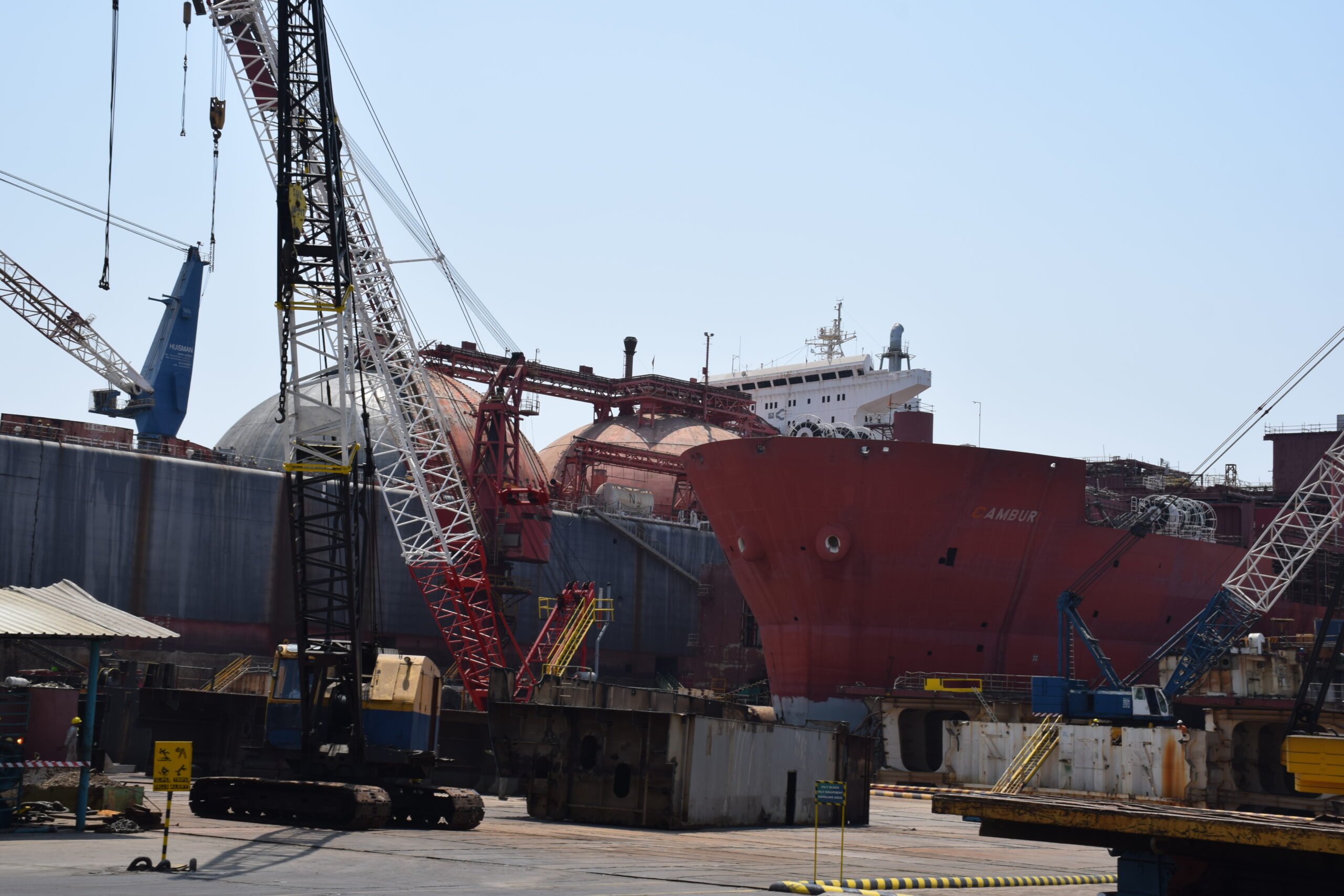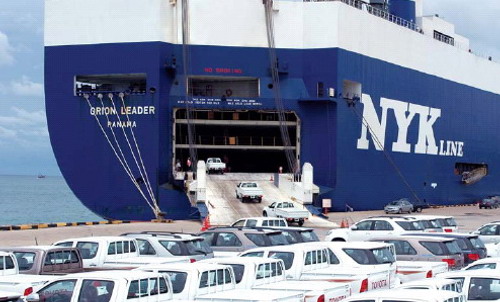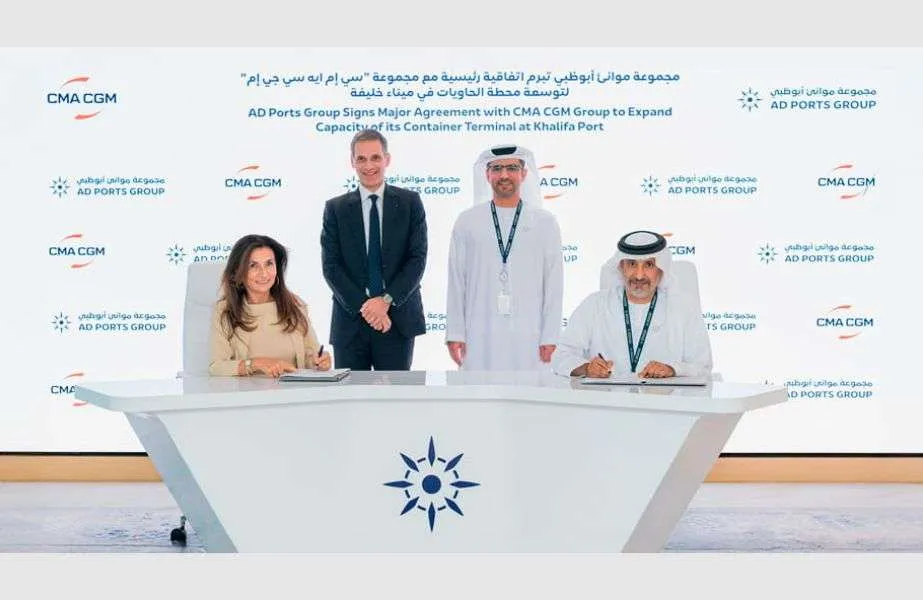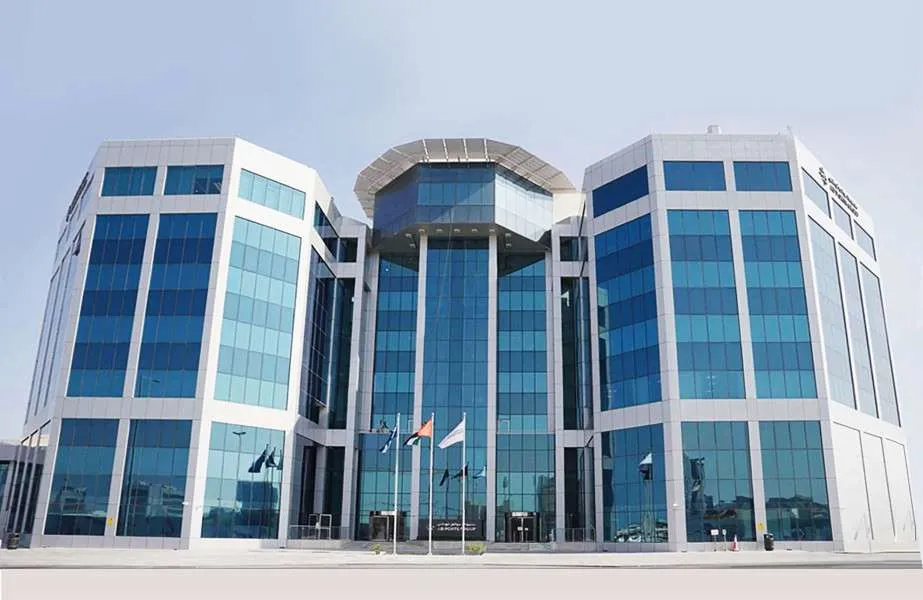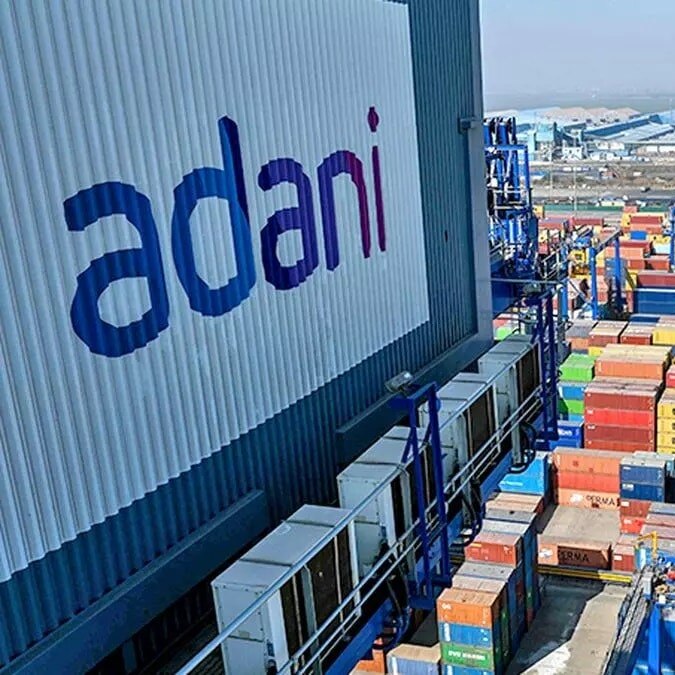Panama Canal Introduces NetZero Slot for Greener Maritime Transit
The Panama Canal Authority has taken a significant step toward global decarbonization efforts by launching the “NetZero Slot,” a dedicated low-carbon transit slot designed to support and reward its clients’ commitment to reducing greenhouse gas emissions. This initiative aligns with the maritime industry’s broader goal of achieving net-zero emissions by 2050, promoting energy efficiency and the adoption of low-carbon fuels.
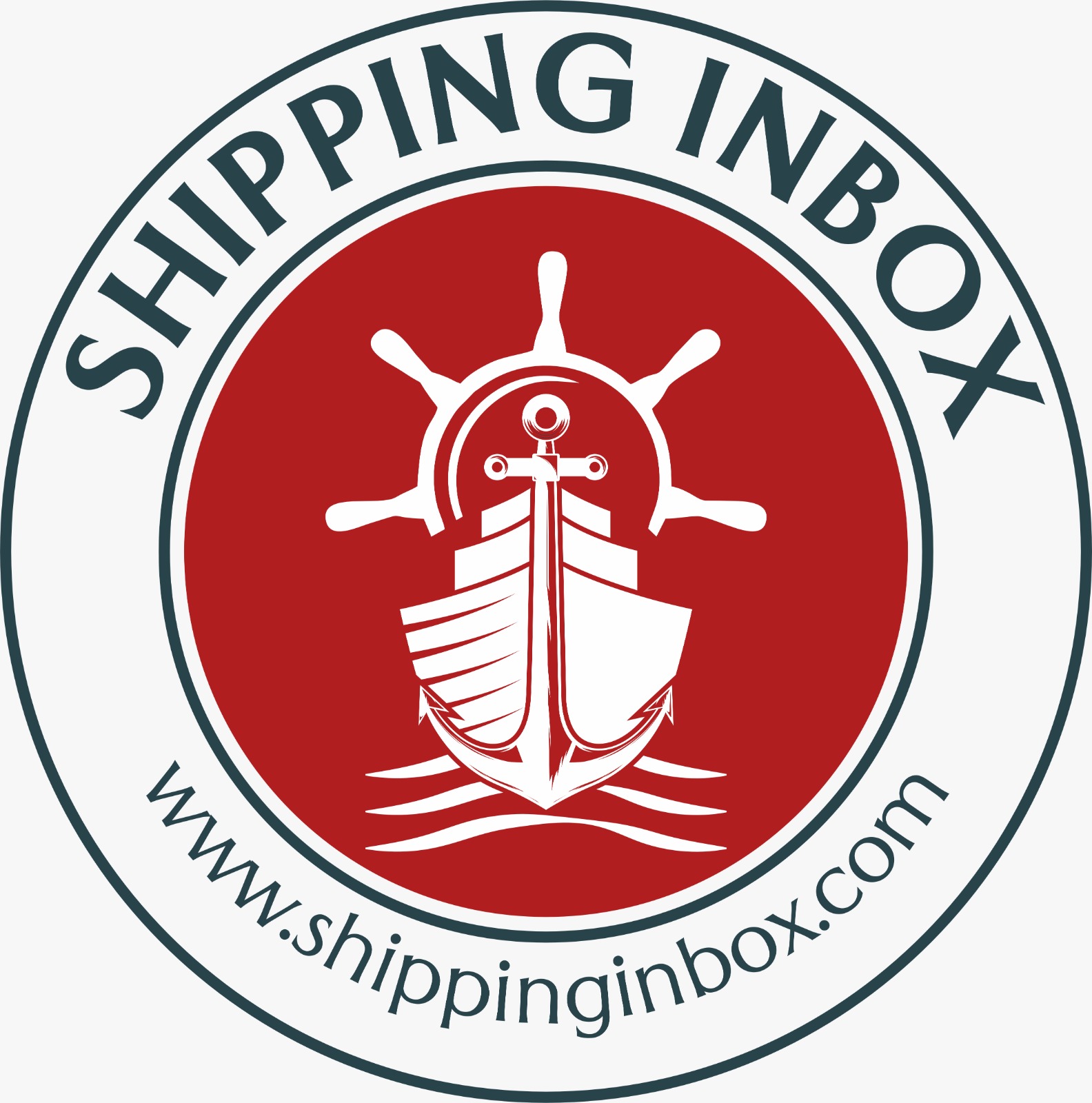
The NetZero Slot aims to reward shipping companies that have invested in cleaner, more sustainable technologies. By providing an exclusive transit slot for vessels that meet stringent emission criteria, the initiative encourages shipowners to adopt environmentally friendly practices. According to the Panama Canal Authority, this move is a response to the increasing demand from the shipping industry for more sustainable operations, given the sector’s substantial contribution to global emissions.
Starting October 5, the program will offer one NetZero Slot per week at the beginning of the Period 1A booking phase. This slot is specifically designated for neopanamax vessels that meet the authority’s defined low-carbon emission criteria. To be eligible, vessels must be dual-fuel ready and capable of operating on at least one fuel with a carbon intensity lower than 75 grams of CO2 equivalent per megajoule (gCO2(e)/MJ).
Ships that secure the NetZero Slot will enjoy several key advantages. These include the ability to select their preferred transit date within the designated week, ensuring greater operational flexibility. Additionally, successful applicants will be guaranteed a maximum transit time of 24 hours, allowing for predictable and efficient passage through the canal. The program also includes Just-in-Time (JIT) service, which enhances fuel efficiency by enabling vessels to arrive at the canal precisely when needed, reducing idle time and associated emissions.
Beyond these immediate benefits, vessels vying for the NetZero Slot must undergo a rigorous screening process. This includes submitting a technology screening report that assesses the vessel’s energy efficiency technologies. By requiring this additional verification, the Panama Canal Authority ensures that only vessels genuinely committed to sustainable practices can access the benefits of the initiative.
Rather than a first-come, first-served approach, the NetZero Slot will be allocated through a competitive process. Laden vessels, as well as those with a larger Panama Canal Universal Measurement System (PCUMS) capacity, will be given priority. This prioritization aligns with the authority’s goal of maximizing the environmental impact of the initiative by targeting vessels with higher carrying capacities, thereby reducing per-ton emissions.
In the lead-up to Phase 2 of the program, the Panama Canal Authority will provide additional details regarding the report’s specifications, a list of approved third-party verifiers, and a confirmed launch date. This phased implementation approach allows for industry feedback and gradual refinement of the program to ensure its effectiveness in driving the shipping industry toward decarbonization.
The shipping industry is under increasing pressure to reduce its carbon footprint. With maritime trade responsible for approximately 3% of global greenhouse gas emissions, regulatory bodies such as the International Maritime Organization (IMO) have set ambitious decarbonization targets. The IMO’s revised greenhouse gas strategy calls for net-zero emissions “by or around 2050,” with interim targets to reduce emissions by 20–30% by 2030.
The Panama Canal’s NetZero Slot initiative complements these global efforts by creating tangible incentives for greener shipping. By offering preferential transit opportunities to vessels that adopt low-emission fuels and technologies, the program helps accelerate the industry’s transition to more sustainable operations.
Despite its potential benefits, the NetZero Slot program may face challenges in implementation. One key consideration is the availability and affordability of low-carbon fuels. While alternative fuels such as green ammonia, methanol, and bio-LNG are gaining traction, their widespread adoption remains limited due to supply chain constraints and high production costs. Shipowners may also need to make substantial investments in retrofitting or acquiring new vessels to meet the eligibility criteria.
Another potential challenge is the competitive nature of slot allocation. The demand for NetZero Slots could exceed supply, leading to increased competition among shipping companies. This could, however, serve as an additional incentive for vessel operators to accelerate their transition to cleaner technologies.
As the initiative evolves, the Panama Canal Authority may expand the program to include additional slots or refine the eligibility criteria based on industry feedback. The authority’s commitment to ongoing engagement with stakeholders will be crucial in ensuring that the program remains effective and aligned with the maritime sector’s sustainability goals.
The launch of the NetZero Slot by the Panama Canal represents a significant milestone in the global push for greener maritime transportation. By rewarding investments in low-carbon technologies and offering tangible operational benefits, the initiative provides a strong incentive for shipping companies to accelerate their transition to net-zero emissions. As the industry continues to navigate the complexities of decarbonization, programs like the NetZero Slot play a crucial role in shaping the future of sustainable shipping. The success of this initiative will not only depend on industry participation but also on the continued evolution of policies and technologies that support greener maritime trade.
Author: shipping inbox
shipping and maritime related web portal
